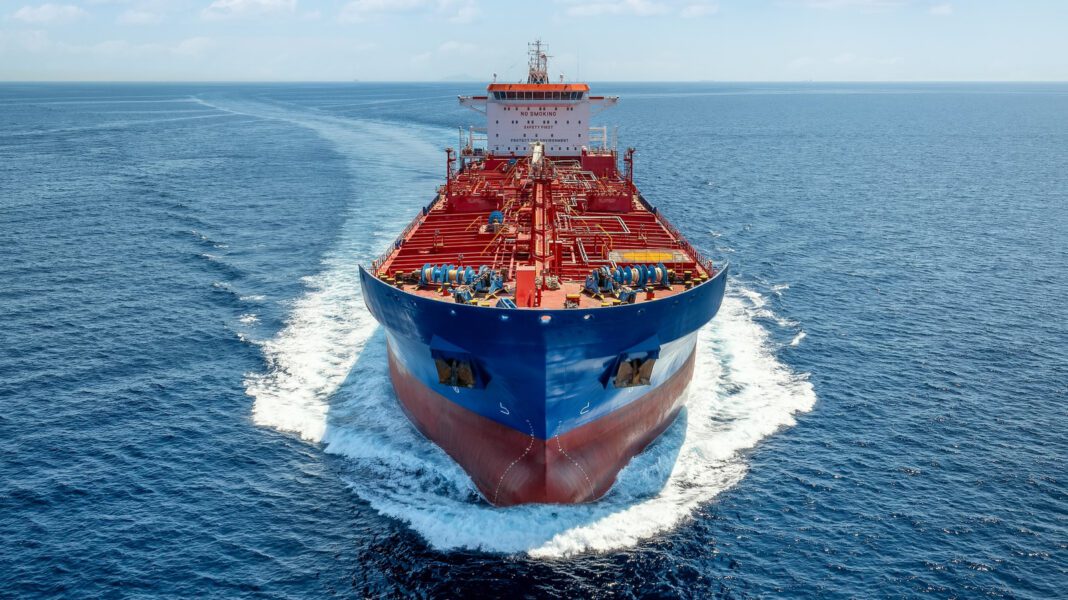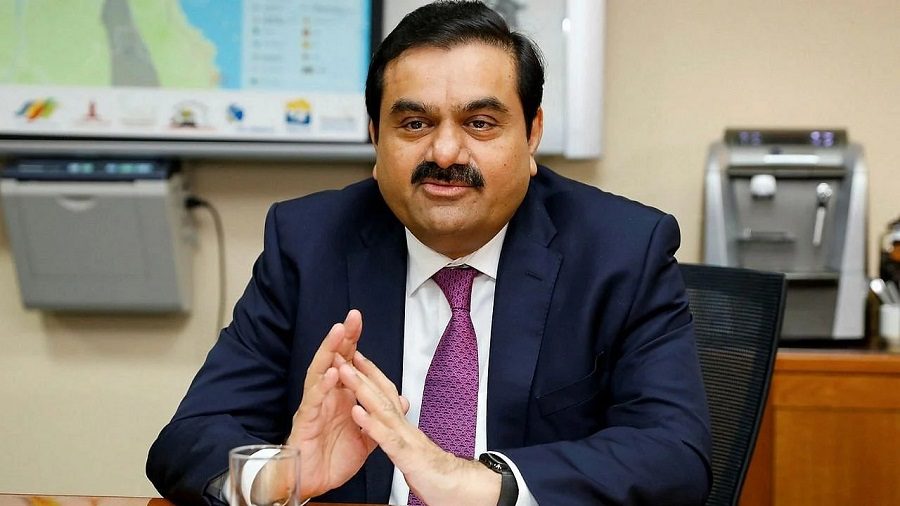In 2025, large oil tanker rates have surged dramatically — benchmark chartering rates for very large crude carriers (VLCCs) are up about 576% year-to-date, highlighting a dramatic shake-up in global oil shipping. This surge is reshaping freight markets, vessel economics and the wider oil supply chain.
What happened: Large oil tanker rates skyrocket
- According to reports, the cost of hiring a VLCC on the Middle-East to China route reached nearly US$137,000 per day late in November 2025 — up ~576% from the start of the year.
- The strong uptick is seen across other routes as well; a broader index covering VLCCs hit ~$116,400 per day in some cases.
- The surge comes amid dramatic shifts in trade flows, vessel availability, and sanctions-driven adjustments in the oil market.
Why the jump?
Here are the main driving factors behind the rapid rise in large oil tanker rates:
1. Sanctions on Russian oil exports
New U.S. sanctions on major Russian oil exporters including Rosneft and Lukoil have forced many buyers (especially in Asia) to seek alternatives, leading to longer voyages and increased demand for large-capacity tankers.
2. Longer voyage distances
As buyers turn away from Russian streams and towards Middle East or U.S. crude, voyage distances are increasing. Longer trips mean tankers are occupied for more days per cargo, reducing availability and pushing up rates.
3. Tighter vessel supply
With more ships tied up on long runs and also more cargoes in floating storage (especially “shadow fleet” tankers used for sanction-evading oil), the usable fleet for standard trade is tighter — driving up charter rates.
4. Increased Middle East and U.S. exports
Exports from Middle Eastern producers and the U.S. have ramped up, meaning more crude to ship — more demand for tankers.
5. Shift in tanker usage
Some product tankers or smaller ships are being pressed into crude service (“dirtying up”) because crude tanker rates are so high. This move further tightens the dedicated crude tanker fleet.
6. Market expectations & momentum
As charter rates accelerated, shipowners and brokers anticipated further rises, which may have prompted earlier bookings — adding momentum to the surge. Moneycontrol
Implications of the rate surge
- For shipowners: Very strong earnings potential this year. Tanker operators with VLCCs or Suezmaxes are seeing historically high charter rates.
- For oil traders/refiners: Higher freight costs will raise delivered cost of crude and may affect arbitrage economics and margin for refiners.
- For global oil flows: Shipping economics may influence which crude streams get used and which are sidelined — e.g., heavier discounts required for long-haul crudes.
- For investors: Companies in tanker shipping and related logistics sectors may benefit; conversely refiners and consumers might face cost pressures.
- For Asia & India: Countries importing large volumes of crude may see higher logistics/freight costs and tighter supply chain margins.
Background context
Large crude tankers such as VLCCs (Very Large Crude Carriers) can load up to ~2 million barrels of crude and travel long distances (Middle East to Asia, etc). The benchmark route referenced is from the Middle East to China. In recent years, the tanker market had been relatively soft, but geopolitical disruptions and sanctions have quickly reversed that trend. The 576% rise is notably steep compared to typical year-on-year changes.
What to watch next
- Whether VLCC rates continue climbing into early 2026 or begin normalising as fleet availability improves or demand falls.
- How crude trade flow changes (more Middle East exports, alternative routes for Russian crude) evolve and impact tanker demand.
- How refiners and oil importers adjust to higher freight costs — e.g., seeking closer sources, renegotiating terms.
- Impact on shipping newbuild & scrapping decisions — high earnings could delay scrapping older ships, impacting supply in future.
- Broader shipping market ripple-effects: this could influence dry bulk, container shipping via cost spill-overs or asset reallocation.
Final thoughts
The 576% increase in large oil tanker rates in 2025 underscores how quickly shipping economics can be transformed by sanctions, supply-chain shifts and trade-route changes. For the tanker industry, this year may be one of the strongest in a decade. However, sustainability of such high rates is uncertain — they may reflect short-term disruption rather than long-term structural change. For oil importers, the increased freight burden is a new risk to factor in.



